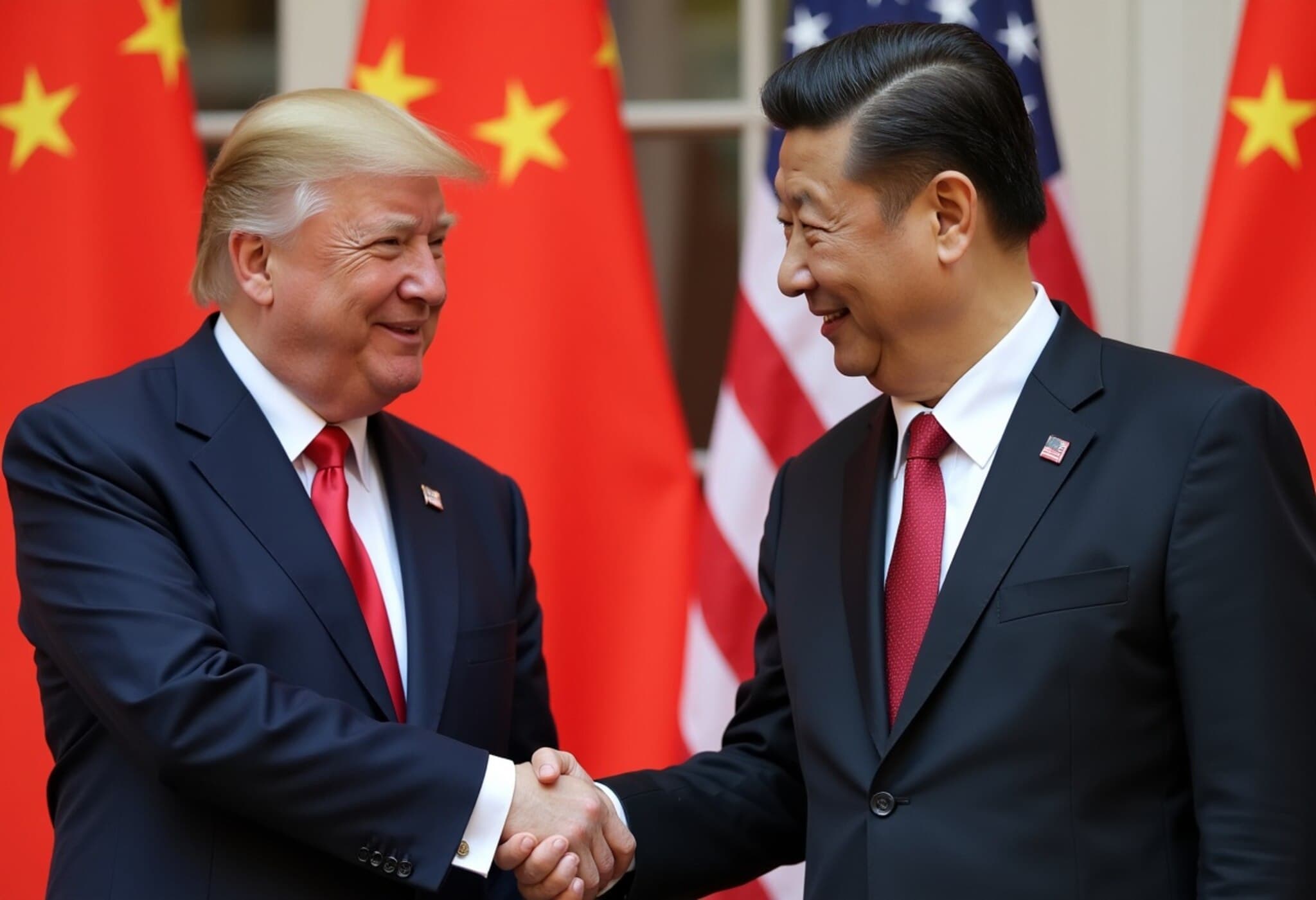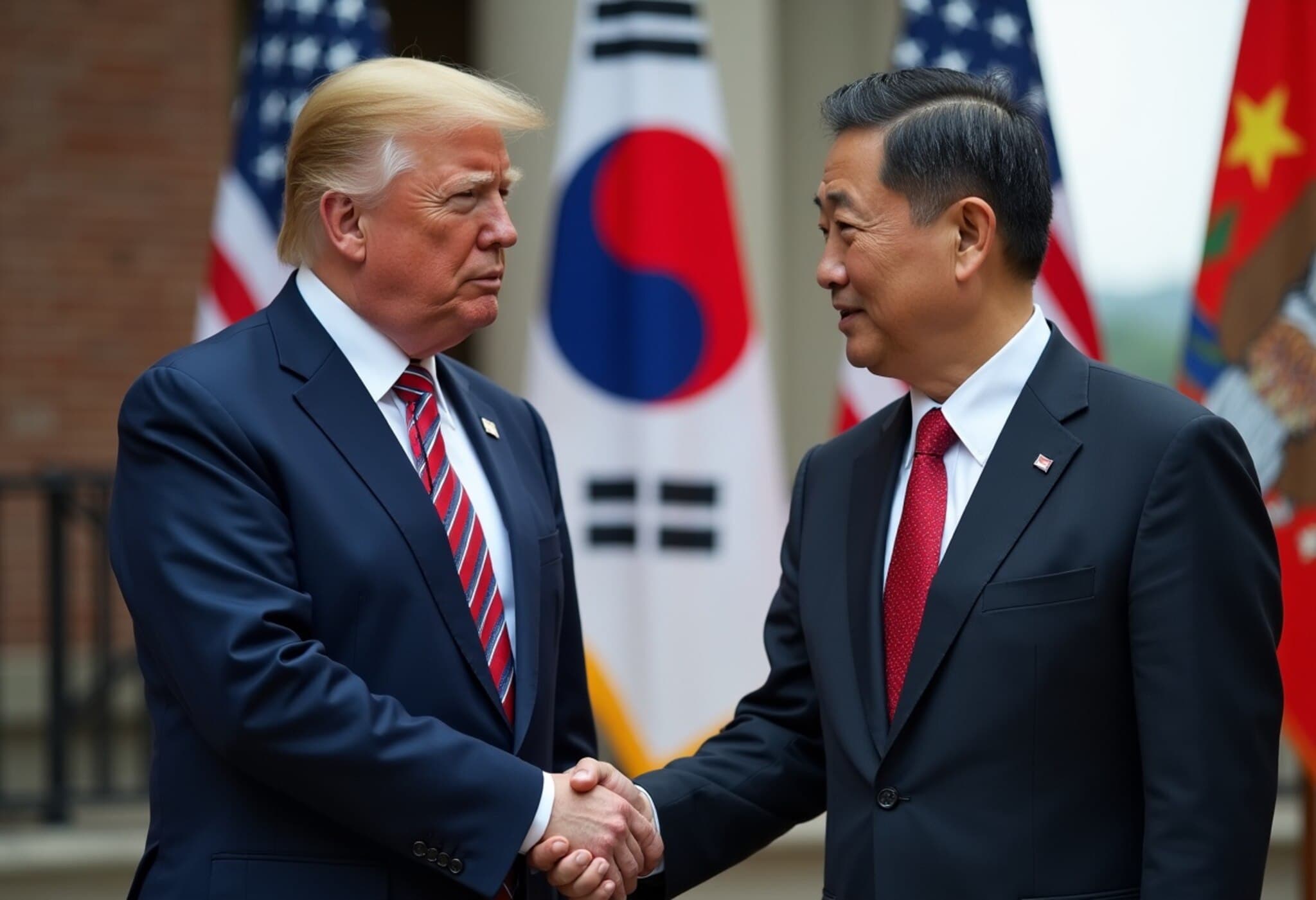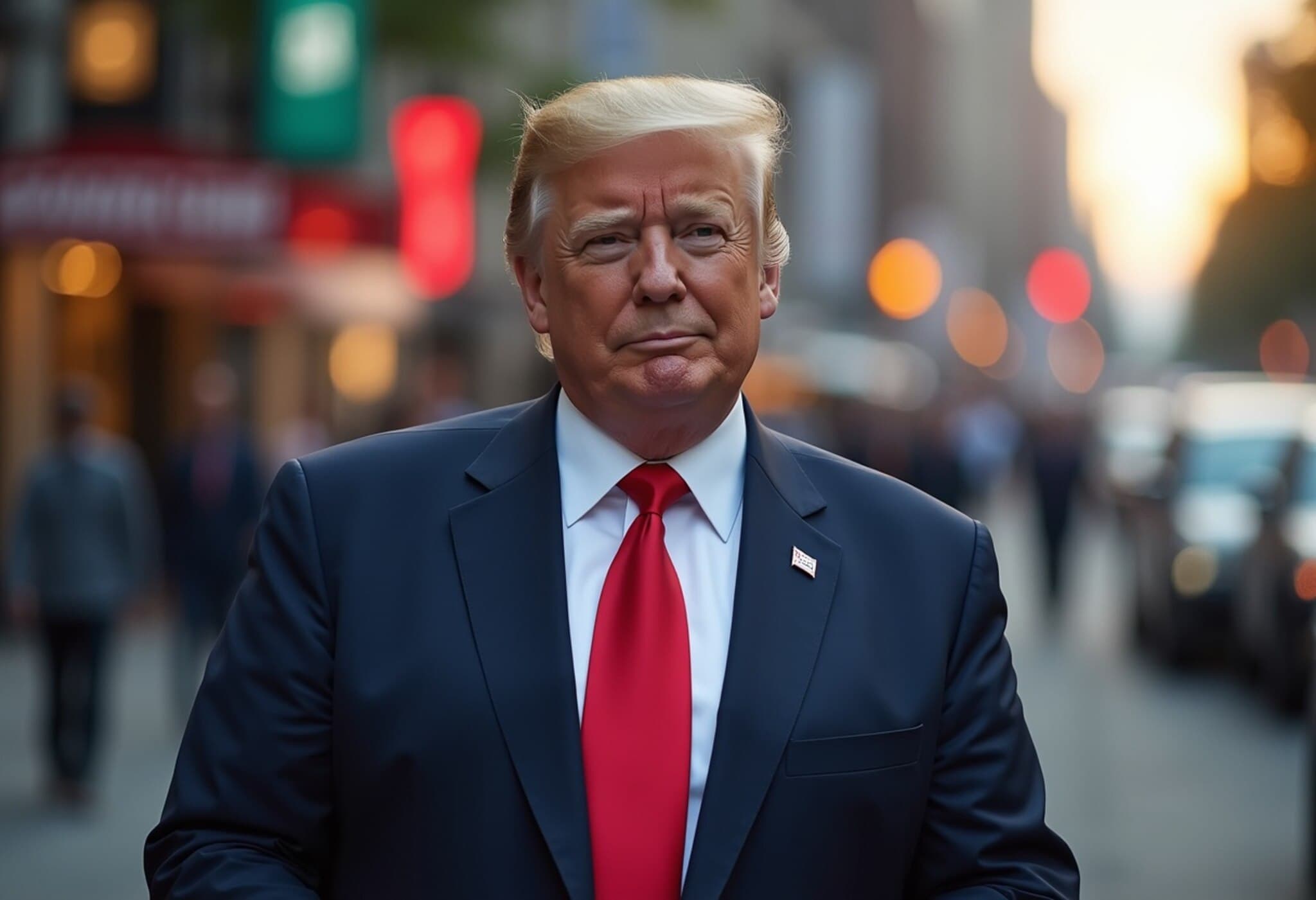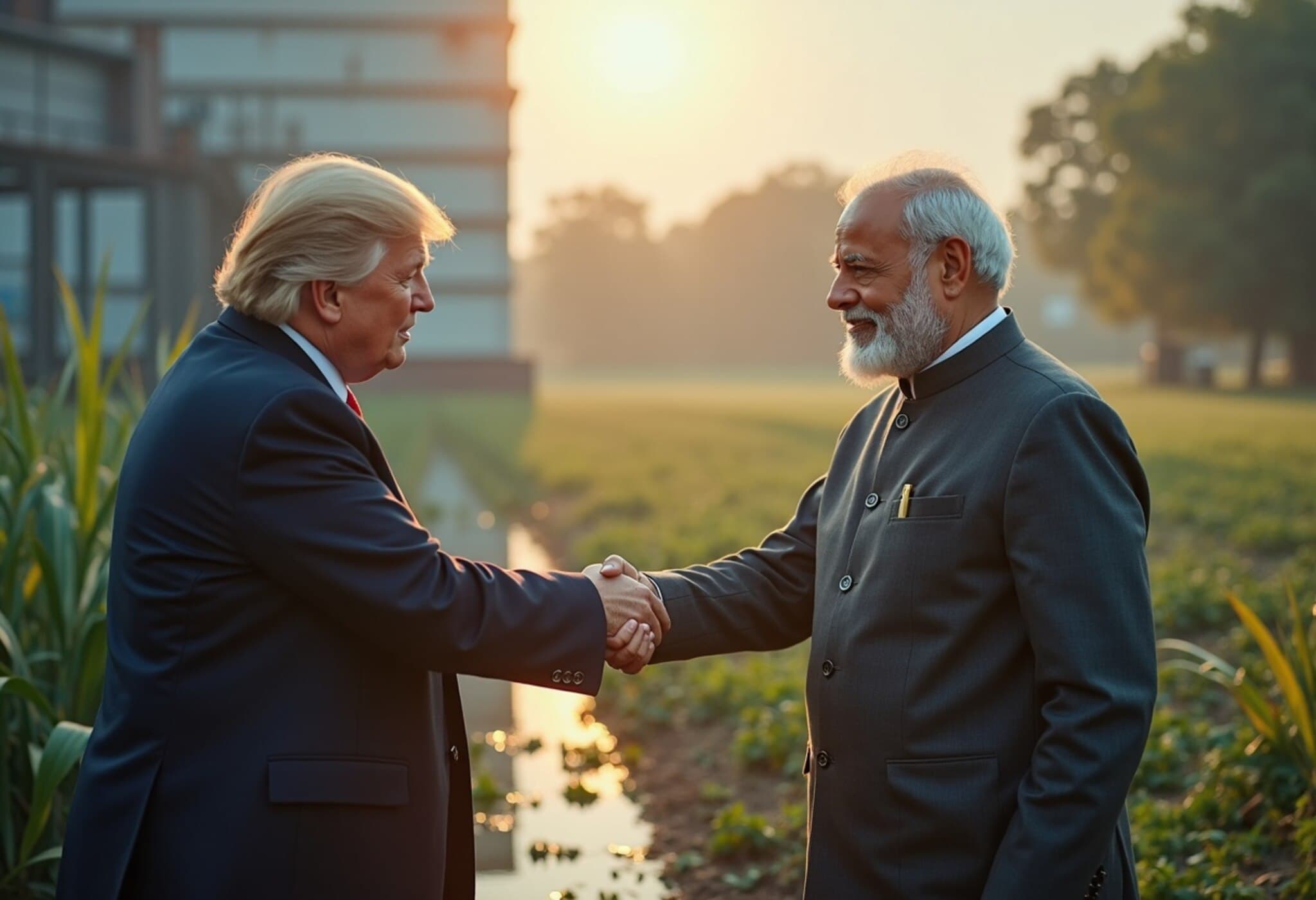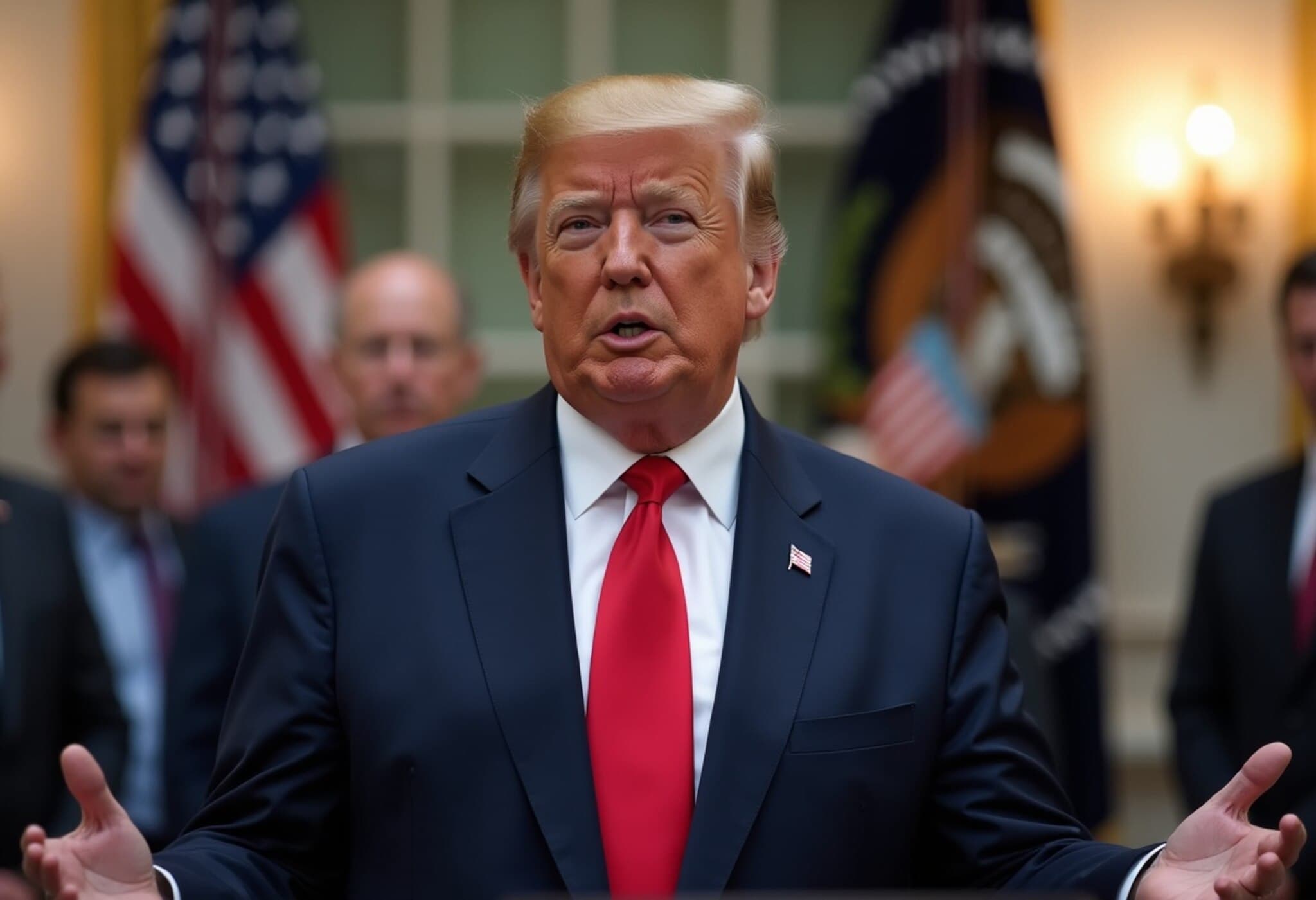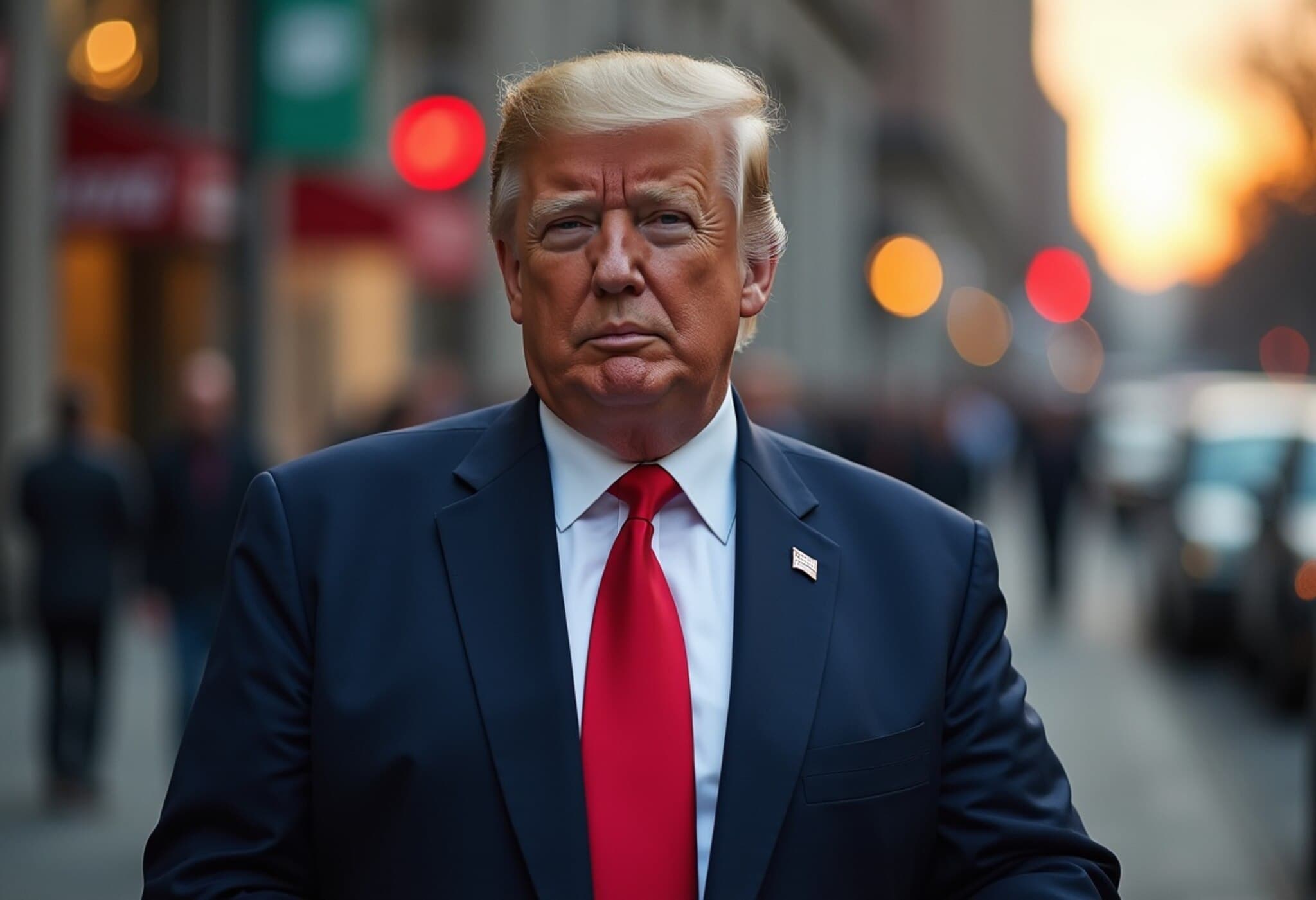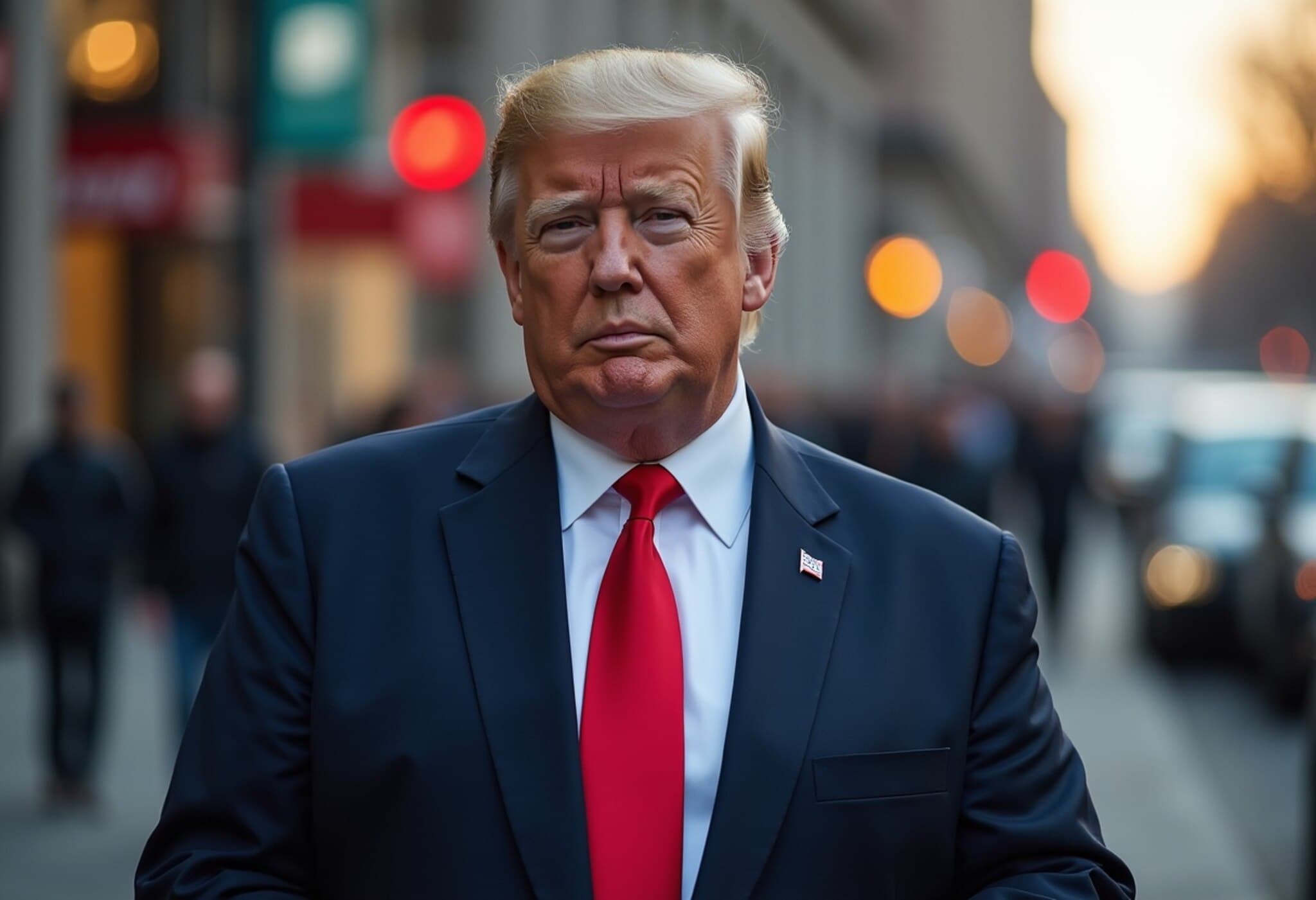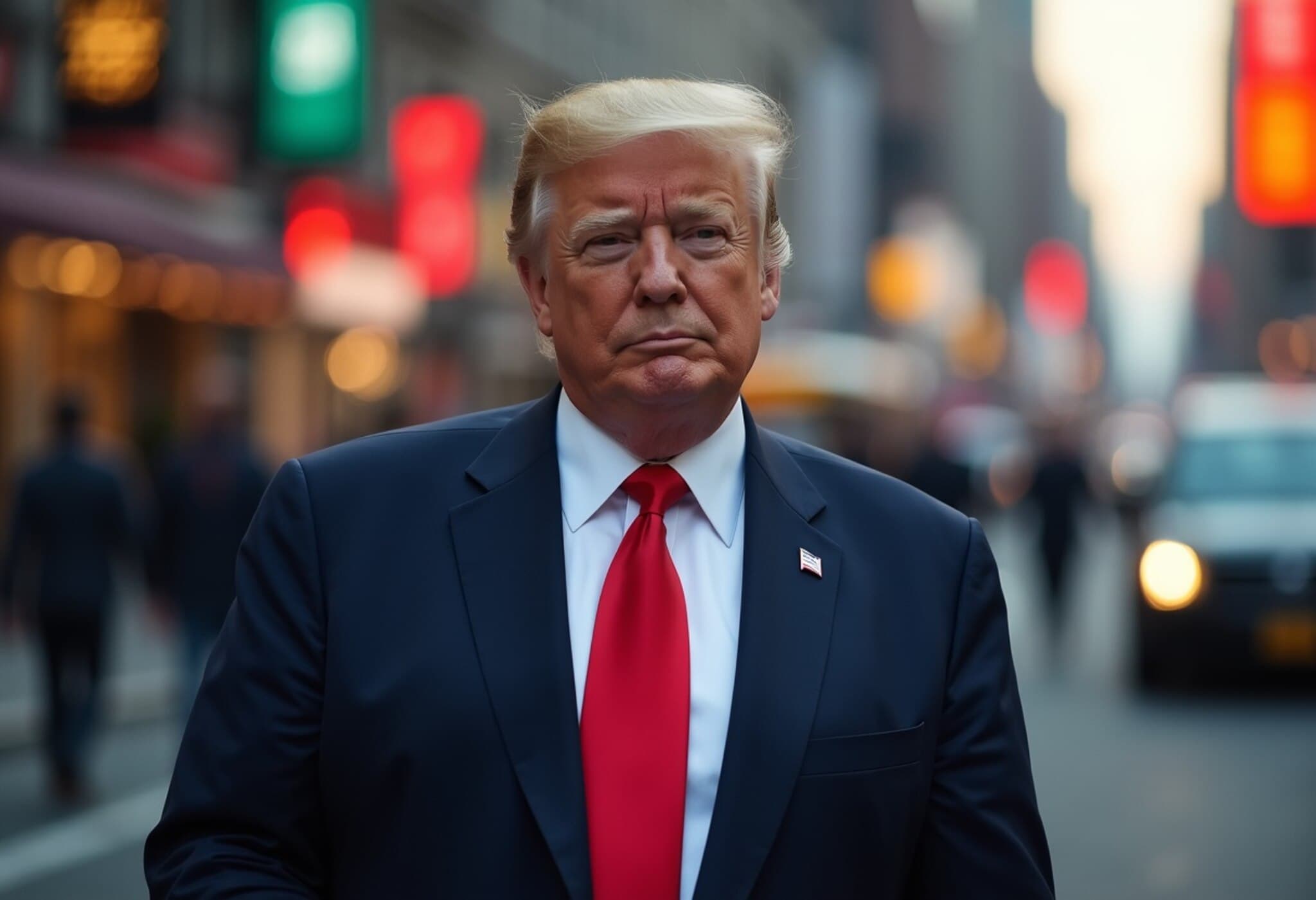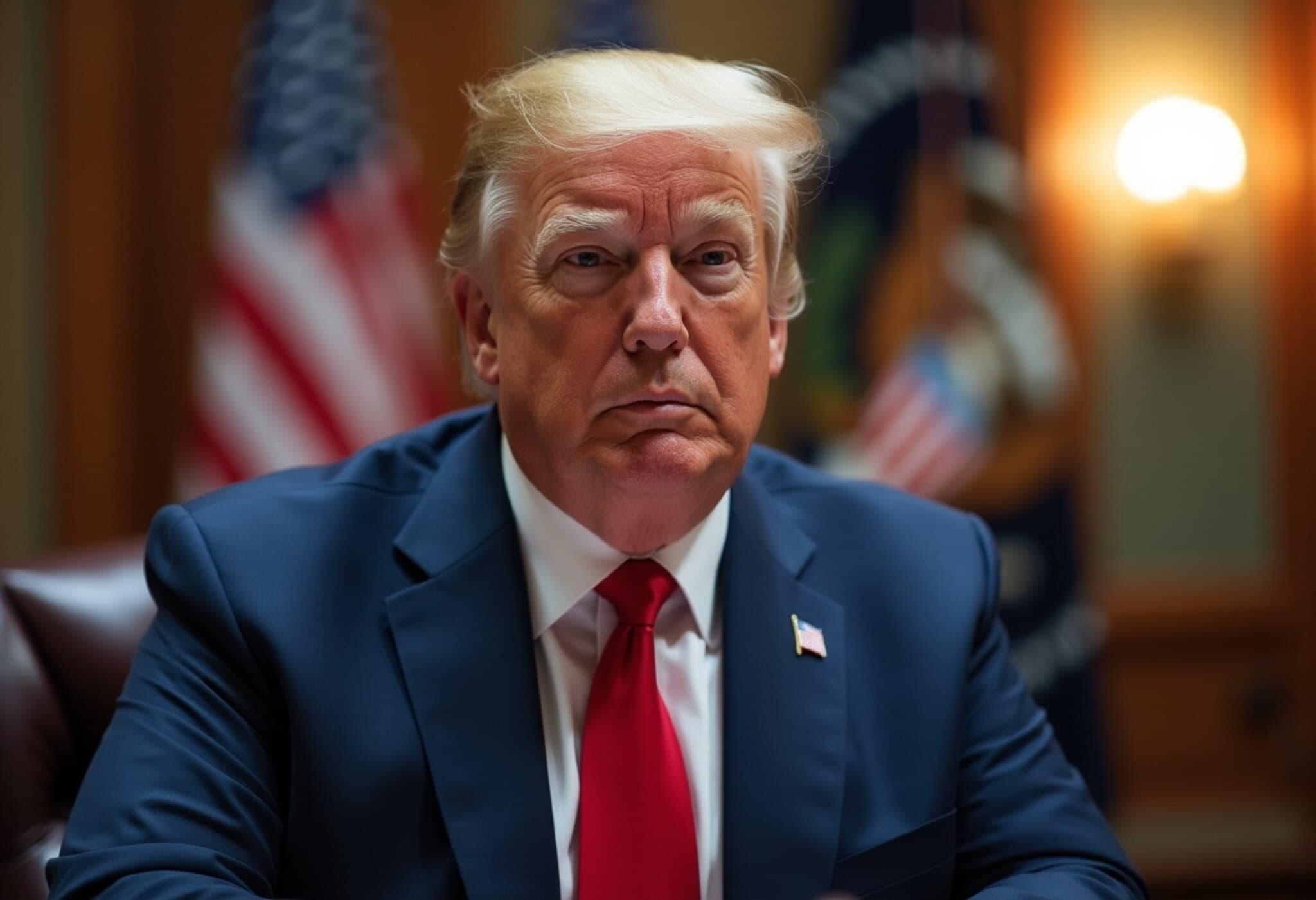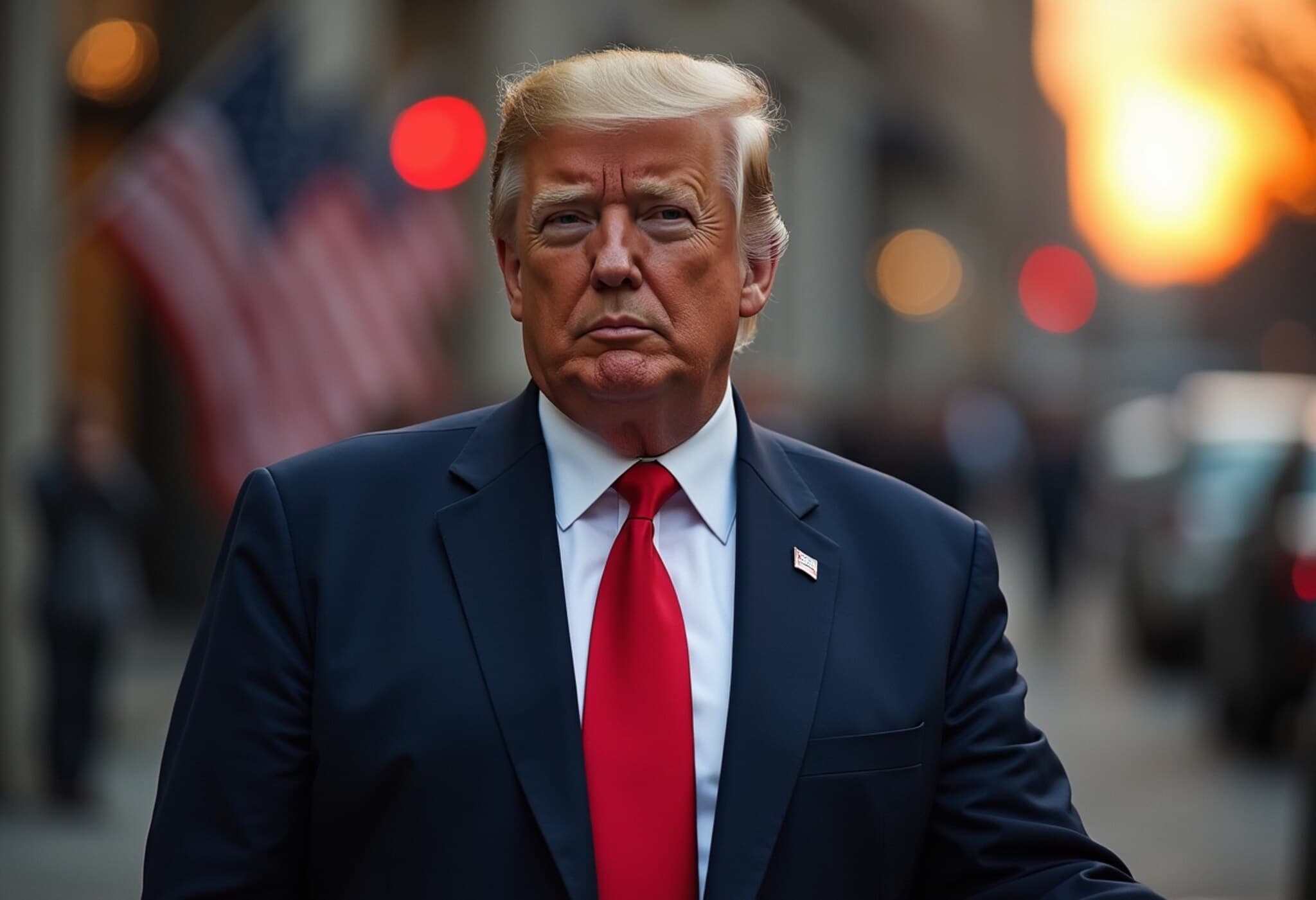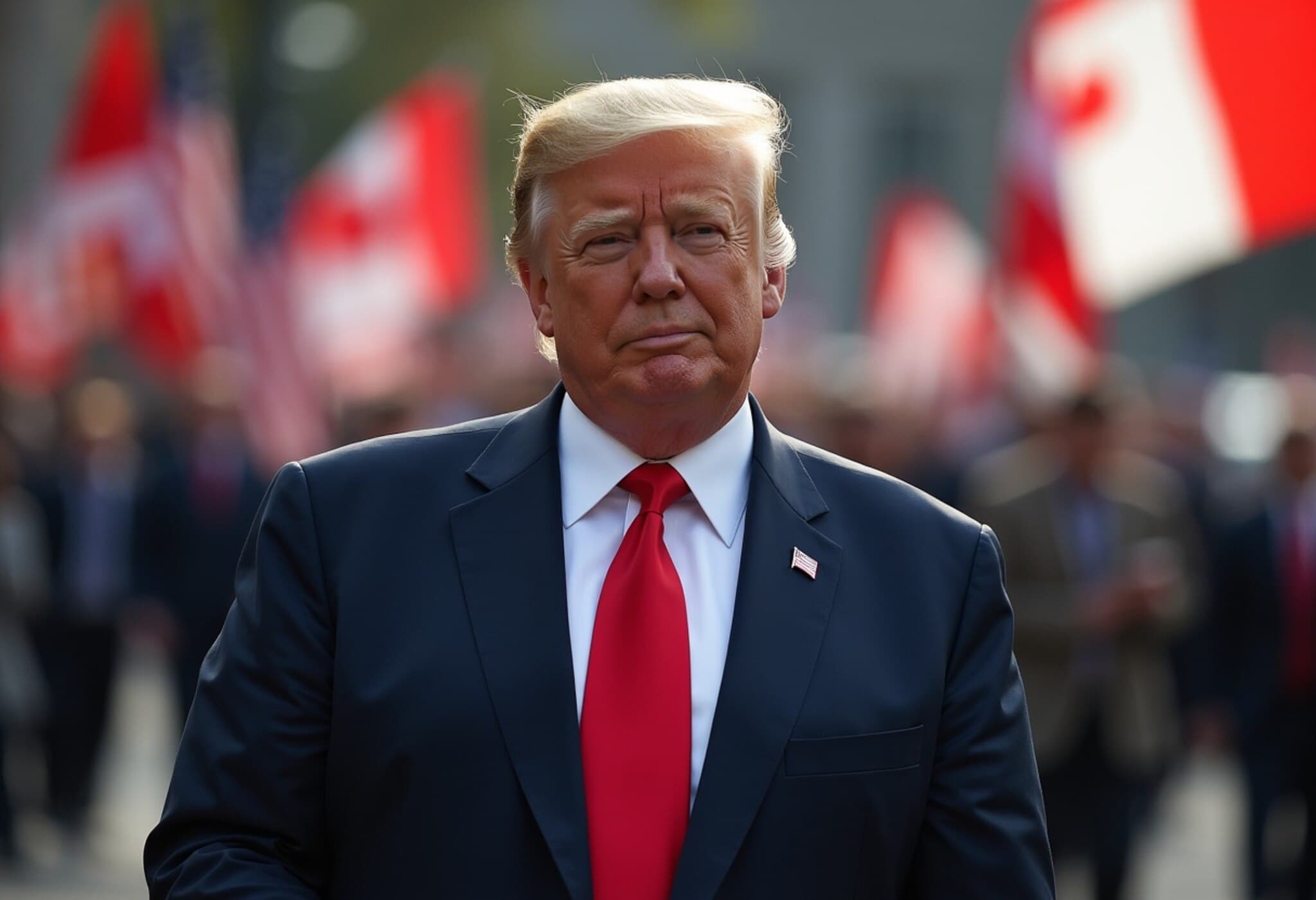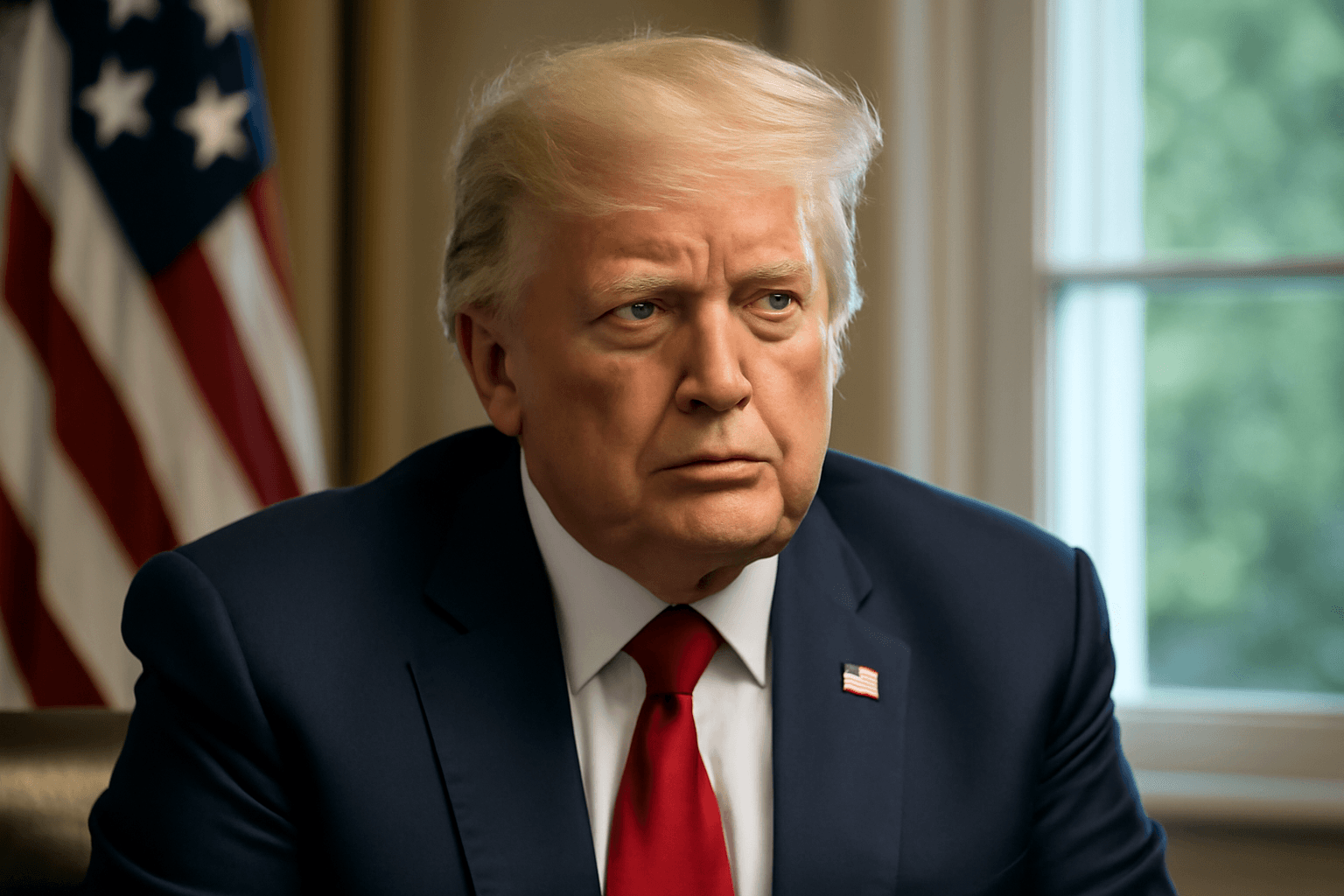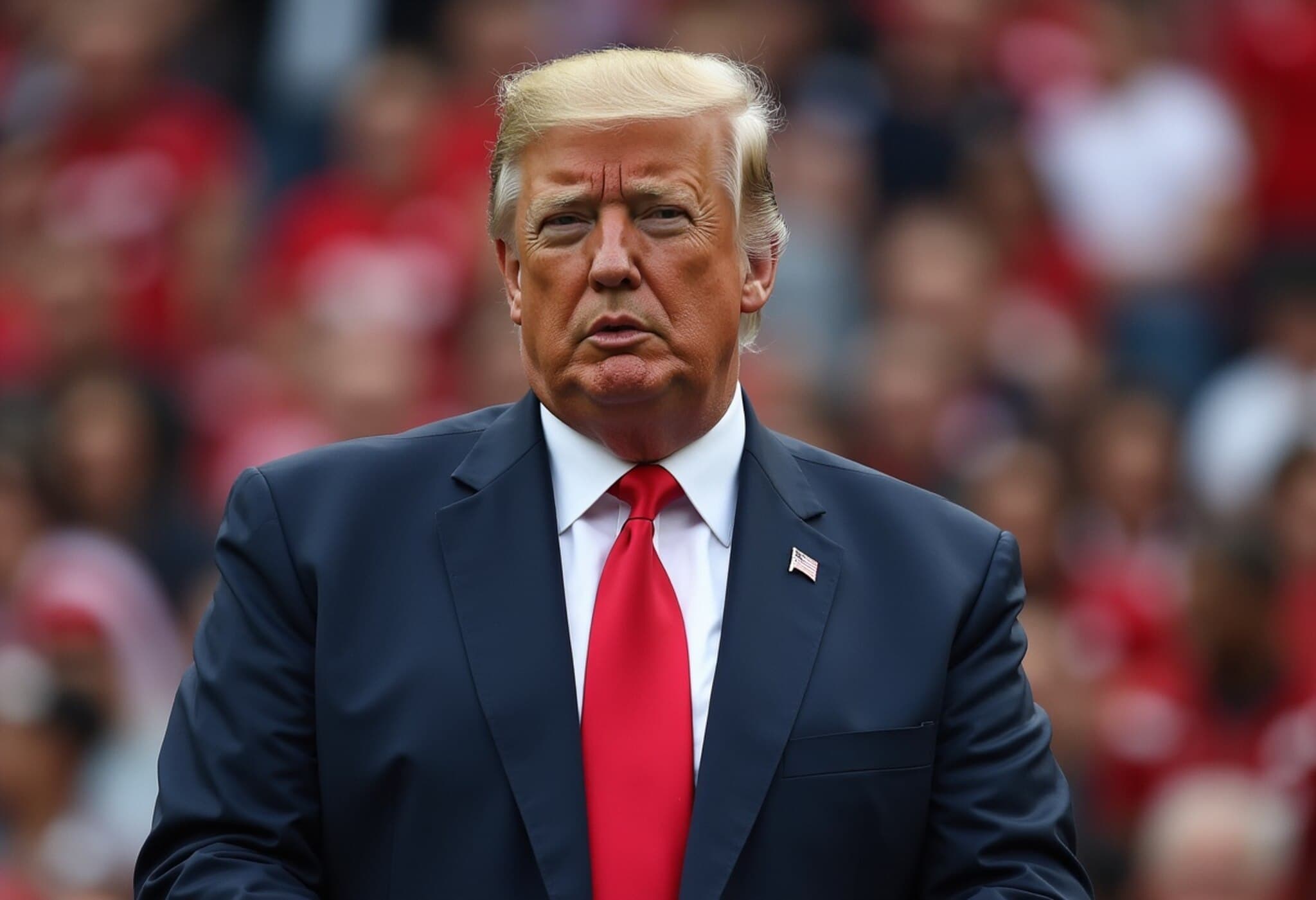US and China Return to the Negotiating Table to Prevent Tariff Escalation
In an effort to stave off a renewed trade war that could disrupt global supply chains, senior U.S. and Chinese officials gathered in Stockholm on Monday for the third round of tariff talks. The central goal is to extend the current truce on sharply increased tariffs before the looming August 12 deadline.
Context: The Stakes Behind the Tariff Talks
The U.S.-China trade conflict has seen tit-for-tat tariffs surge into triple digits, affecting industries worldwide and shaking confidence in global markets. The preliminary agreement reached in June gave hope for stability, yet it remains fragile. Without a durable solution, tariffs could spike to over 100%, risking serious economic fallout.
Key Figures Leading the Talks
- Scott Bessent: U.S. Treasury Secretary spearheading the American delegation.
- He Lifeng: Chinese Vice Premier leading Beijing's team.
- Howard Lutnick and Jamieson Greer: Prominent U.S. trade officials participating in parallel negotiations with the EU.
Parallel Negotiations with the European Union
The talks in Stockholm coincided with European Commission President Ursula von der Leyen meeting President Trump at his golf resort in Scotland. Discussions centered around a potential 15% baseline tariff on most EU goods, highlighting the wide-reaching dimensions of U.S. trade policy pivots.
Breaking Down the Complex Issues at Hand
While efforts in Geneva and London had primarily focused on tariff reductions and resuming flows of restricted goods such as rare earth minerals and advanced AI chips, the Stockholm round seeks to lay the groundwork for deeper discussions.
Underlying complaints remain broadly unresolved and reflect the profound economic rivalry:
- U.S. concerns: China’s state-led, export-heavy economic model floods markets with cheap goods, undermining American manufacturers.
- China’s objections: U.S. export controls, especially on cutting-edge tech, aim to stunt China's growth and technological advancement.
Expert Insight: Navigating a Rocky Path Ahead
Bo Zhengyuan, a partner at China consultancy Plenum, described Stockholm as the “first meaningful round” of talks in this cycle. Wendy Cutler, vice president at the Asia Society Policy Institute, sees these discussions as vital to paving the way for a potential Trump-Xi summit. However, analysts caution that the intricacies of the U.S.-China economic relationship mean agreement won’t come easily or quickly.
Economic Levers and Strategic Vulnerabilities
- China’s dominance over rare earth minerals, essential for sectors from defense to tech manufacturing, gives it a powerful bargaining chip.
- The U.S. faces tariffs from China ranging up to 125%, while American duties on Chinese goods could climb to 145% if talks fail.
- The complex overlay of tariffs includes those tied to the U.S. fentanyl crisis, previous trade wars, and reciprocal measures, cumulatively reaching up to 55% on many products.
Looking Beyond Tariffs: Economic Rebalancing on the Table
Treasury Secretary Bessent has indicated talks will not only address tariff extensions but also discuss China's need to pivot from an export-reliant economy to one driven by domestic consumption. Experts note that this shift entails overcoming structural challenges, including China's lingering property market crisis and the need to bolster social safety nets.
Former U.S. Trade Representative Michael Froman highlighted that encouraging such economic transformation has long been a goal, yet cautioned on the hard reality of leveraging tariffs as an effective tool to induce fundamental change.
What’s Next? Potential Diplomatic Breakthroughs or Continued Uncertainty
With speculation about a possible Trump visit to China in late October, the Stockholm talks carry weight beyond tariff numbers. A renewed flare-up in trade tensions could derail diplomatic efforts and exacerbate economic instability amid an already challenging global climate.
Editor’s Note
The evolving U.S.-China trade negotiations illuminate the delicate balance between competition and cooperation shaping the world economy. While tariffs dominate headlines, the underlying contest over technology leadership, economic models, and diplomatic influence runs far deeper. As both powers cautiously inch toward potential agreements, it remains essential to watch not only tariff rates but also how these talks impact global supply chains, innovation ecosystems, and international relations. Will this be a turning point toward sustainable economic engagement, or merely a pause before further escalation? Stakeholders worldwide would do well to pay close attention.

